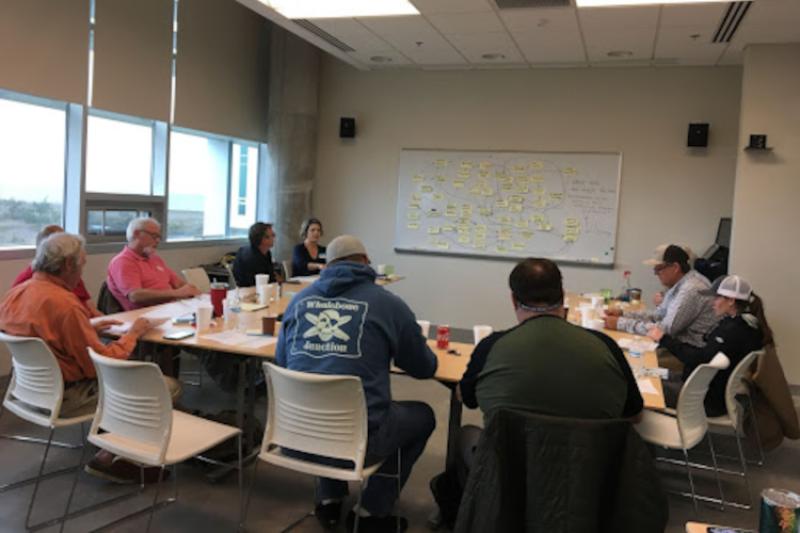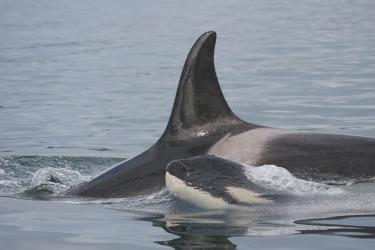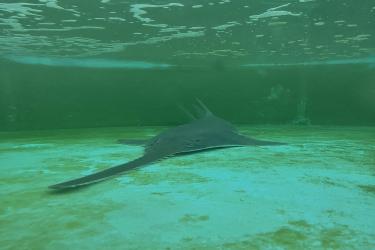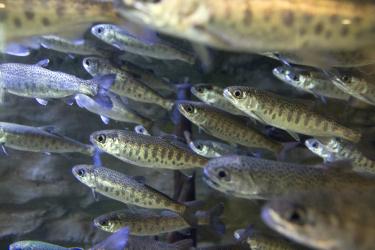Managing a fishery isn’t just about the fish; it’s also about the people who depend on having a healthy population of fish. Whether for food, recreation, income, or to support a healthy ecosystem as a whole, it’s important to understand how all of these objectives are interconnected.
In 2020 and 2021, NOAA’s Southeast Fisheries Science Center worked with the South Atlantic Fishery Management Council to better understand the dolphinfish and wahoo fisheries in the Southeast. They wanted to learn about the physical, biological, social, economic and institutional aspects of the fisheries. (Dolphinfish are also known as mahi mahi.)
Unlike other migratory species, the council alone manages dolphinfish and wahoo along the entire U.S. Atlantic coast. Despite the importance of these two species—especially to recreational fishermen—we have limited data available to guide management advice. Instead of looking for data on the fish, we needed to benefit from the local knowledge of the people who depend on the fish.
Participatory Modeling
Working closely with the council, we held workshops in three fishing communities in the region: Beaufort and Wanchese, North Carolina and Virginia Beach, Virginia. We had planned workshops in Florida, but due to the pandemic, switched to interacting via phone and webinar. By listening to commercial and recreational industry participants, we built conceptual models incorporating their perspectives that represent the different factors that impact the fishery and how they are related. These models had some similar themes across the region, but also highlighted notable differences in perspectives and objectives that exist across the jurisdiction.
During the workshops, we asked participants to:
- Identify important factors impacting the fisheries and how these are interconnected
- Describe the role dolphinfish and wahoo play in their businesses and livelihoods
- Understand the risks they see to the species
We used this information to identify key hypotheses that are now being tested with data. For example, South Florida fishermen agreed that large dolphinfish have become increasingly difficult to catch in their area over the last 5 to 10 years. They hypothesized that environmental changes, local recreational pressure, and increasing commercial pressure outside of South Florida could be to blame. We are able to use a variety of information sources—including satellite data, social media, logbooks, and import data—to further explore these perspectives.
Customized Management Approaches
Dolphinfish and wahoo fisheries are primarily targeted by recreational anglers. Because they play varying roles in the overall fishing portfolios throughout the region, managing each species requires us to look at alternative approaches. For instance, in South Florida charter fishermen are not necessarily trying to maximize their catch for profit or food supply. However, they are interested in ensuring an exciting fishing trip for their clients and increasing opportunities for anglers. In contrast, in North Carolina charter clients expect to take fish home to eat and there is also an important commercial dolphinfish fishery.
“One of the things we heard at the workshops was that dolphinfish and wahoo play very different roles in the fisheries across the South Atlantic jurisdiction,” said Matt McPherson, NOAA social scientist. “We have to recognize that not everyone has the same end goals—and find ways to account for these differing objectives as we develop management guidance.”
By exploring different approaches to how individual fisheries are managed, we can be more nimble in adapting to changing conditions. Participatory modeling gives us a better idea of potential outcomes and we can explore a much wider array of management actions more quickly.





